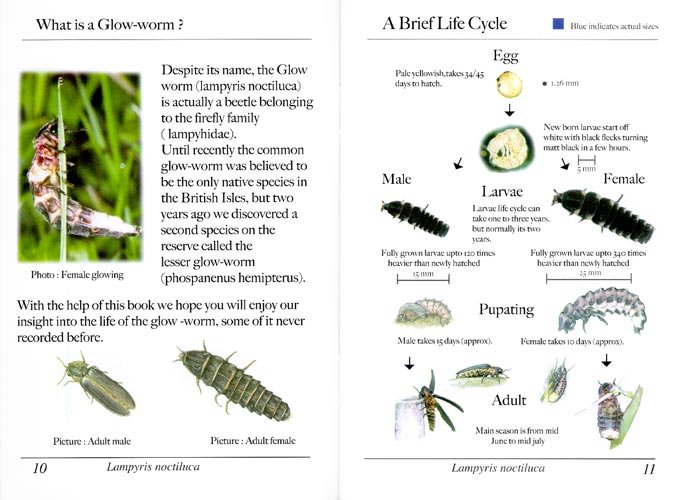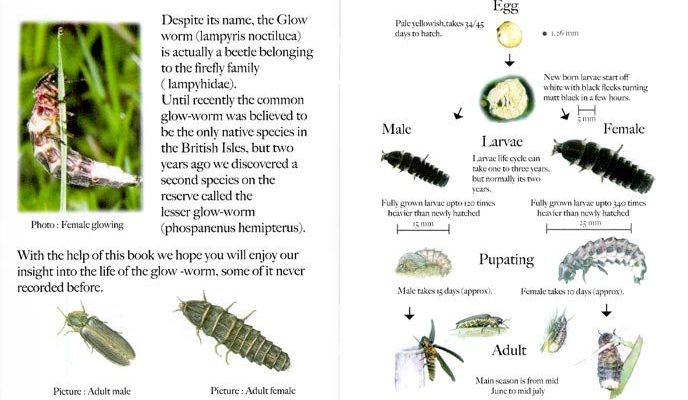
In this article, we’ll explore the key differences between glow worms and fireflies. You’ll discover their habitats, life cycles, and even how they create their mesmerizing light. By the end, you’ll have a better appreciation for these two fascinating insects. So, let’s dive in!
What Exactly Are Glow Worms?
Glow worms might sound like magical creatures from a fairy tale, but they’re actually quite real! These intriguing insects can be found in dark, damp places like caves and forests. The term “glow worm” refers to various species, but most commonly, it describes the larvae of some species of beetles and flies. One of the most famous glow worms is the **Lampyris noctiluca**, commonly seen in New Zealand and Australia.
What makes glow worms so special is their ability to produce light through a chemical reaction in their bodies, known as bioluminescence. This glow serves a practical purpose: it attracts prey. Typically, the glow is a bluish-green color, flickering gently in the darkness. Just imagine wandering through a cave and spotting these tiny lights, creating an otherworldly atmosphere!
Life Cycle of Glow Worms
The life cycle of a glow worm is quite fascinating. It begins as an egg that hatches into a larva. For the **Lampyris noctiluca**, this larval stage can last up to a year! During this time, the glow worm uses its light to lure insects, which it captures with sticky silk threads. After about one to two years, the glow worm metamorphoses into a pupa, eventually emerging as an adult. However, adult glow worms usually don’t glow, and they have a very short lifespan, often just a few days. They focus solely on reproduction, which can feel a bit anticlimactic after such a long, glowing larval stage!
Meet the Fireflies
Now, let’s shift our focus to the quintessential symbol of summer nights: fireflies. Also known as lightning bugs, these insects belong to the family **Lampyridae**, and there are over 2,000 species worldwide. Unlike glow worms, fireflies are commonly seen in open fields and gardens, lighting up the night with their rhythmic flashes.
Fireflies also produce light through bioluminescence, but they tend to have a more complex communication system. The males flash their lights in specific patterns to attract females, who respond with their own flashes. It’s like a light show where each flash tells a story! The ambiance created by these synchronized lights is nothing short of magical, and it often brings back childhood memories of catching fireflies in jars.
Life Cycle of Fireflies
The life cycle of fireflies is another captivating aspect of their existence. Like glow worms, they start as eggs, which hatch into larvae. However, firefly larvae are quite different; they are predatory, feeding on snails and other insects. This predatory behavior helps them grow stronger until they pupate and transform into adults. Interestingly, the adult stage is when fireflies can be seen flashing their lights, usually for a short period before they mate. Depending on the species, adults can live from a few weeks to several months.
Light Production: How They Glow
While both glow worms and fireflies create light, their methods vary significantly. Glow worms generate a steady glow to attract food, while fireflies utilize **flashes** as a means to communicate. Fireflies produce light through a reaction between a substance called luciferin and an enzyme called luciferase. This reaction creates a quick burst of light—think of it like a tiny flashbulb going off in the night.
In contrast, glow worms have a more consistent glow due to different biochemical pathways. Their light is generally steady, giving off a gentle ambiance, which is especially useful in dark environments like caves. Here’s a brief comparison of how these two fascinating insects light up their worlds:
| Aspect | Glow Worms | Fireflies |
|---|---|---|
| Type of Light | Steady glow | Flashing light |
| Purpose | Attracts prey | Attracts mates |
| Location | Caves and damp places | Fields and gardens |
Where They Live: Habitats
Both glow worms and fireflies prefer specific habitats that complement their life cycles. As mentioned before, glow worms thrive in dark, moist environments. They are most commonly found in places like caves, under rocks, and in wet forest areas. These settings provide the perfect conditions for their development and the glowing light they emit.
On the other hand, fireflies are more adaptable. You can find them in various environments, including gardens, meadows, and forests. They love areas with tall grass and standing water since these places offer food sources and breeding grounds. Fireflies are often associated with summer evenings, making their presence a nostalgic part of many people’s childhoods.
Conservation Status
In recent years, both glow worms and fireflies have faced threats due to habitat loss and pollution. Many species of fireflies are declining in numbers, primarily due to light pollution, which disrupts their mating signals. Glow worms, especially in certain regions, are also at risk due to environmental changes. Protecting their habitats is crucial to ensure future generations can enjoy the magic of these glowing insects.
Similarities and Differences in Behavior
When it comes to behavior, glow worms and fireflies are quite different, but they share some common traits. Both insects use their light for survival, whether that’s luring prey or attracting mates. However, their methods vary significantly.
Glow worms are relatively stationary, creating silk threads to trap food while glowing steadily in one location. Fireflies, in contrast, are more mobile. They can often be seen flying around and flashing their lights, making them more social creatures in a way. This difference in behavior impacts how we experience their beauty. You might spot a glow worm glowing softly in a dark nook, while fireflies dance around, lighting up the night sky.
How to Attract Them
If you want to see glow worms or fireflies up close, attracting them can be a fun project!
To attract fireflies:
- Turn off outdoor lights to reduce light pollution.
- Keep your yard wild with native plants and tall grasses.
- Create standing water sources like small ponds or birdbaths.
For glow worms, finding existing habitats is key:
- Explore forests or caves known for glow worm populations.
- Maintain the natural environment if you find them in your area.
- Respect their space and avoid disturbing their habitats.
Final Thoughts: Appreciating the Glow
Both glow worms and fireflies bring a unique charm to our natural world. While glow worms enchant us in dark caves, fireflies turn our summer nights into something magical. Understanding the differences between these two glowing insects helps us appreciate their roles in our ecosystem.
So next time you’re out on a warm summer night or wandering through a cave, take a moment to look for these fascinating creatures. Each one plays a part in the dance of nature, lighting up our world in their own special way. Enjoy the glow; it’s a reminder of the beauty surrounding us!

